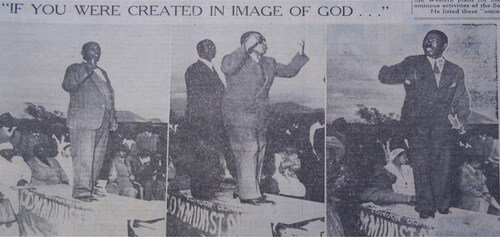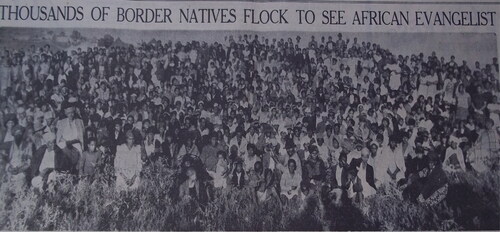Figures & data
Figure 1. In the late 1940s the East London City Council built 600 municipal houses (right), while the majority lived in squalid conditions (left). (Source: Daily Dispatch, 11 March 1949.)

Figure 2. Mooiplaas and Kwelera youth in East London appear at the magistrates’ court after a youth was killed in clashes between the youths of the two rural locations. (Source: Daily Dispatch, 24 January 1951.)
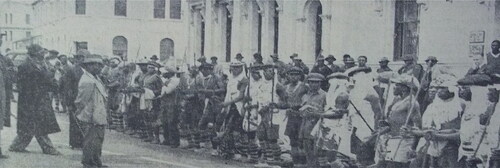
Figure 3. Youth pose in their fighting gear in a studio photograph taken in East London in 1949. (Source: Daily Dispatch, 14 June 1949.)
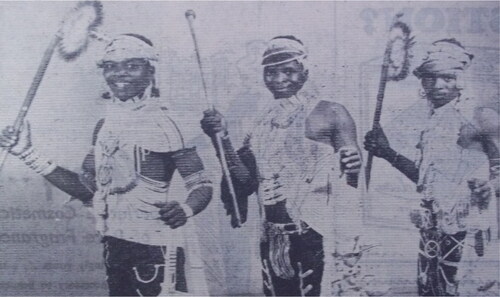
Figure 4. Parents and relatives of the Mooiplaas and Kwelera youth work together to raise money to pay the fines that will enable their sons’ release. (Source: Daily Dispatch, 24 January 1951.)

Figure 5. The contrast between country boys in traditional gear (left) and the new city styles for young men (middle). The transition from one to the other was considered to be a major cause of social pathology and political instability, as young men were caught between the worlds of tradition and modernity. Captions in italics (right) from the Daily Dispatch, 24 January 1951. (Source: Daily Dispatch, 24 January 1951.)
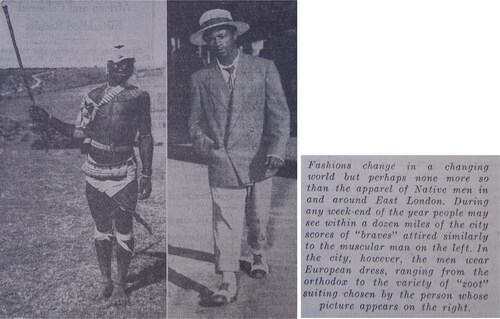
Figure 6. Moses Kotane, general secretary of the South African Communist Party, speaks at a mass meeting organised by the East London branch. He was joined by local members of the party at an event which was not that well attended. (Source: Daily Dispatch, 12 June 1950.)
